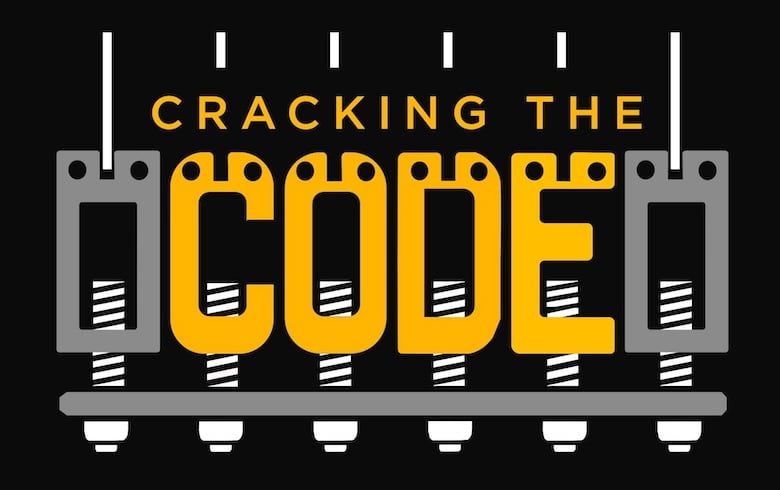Chapter 28 - Cliff Cascade

You've Hit Masters in Mechanics Material!
Just like those jackets in the '80s, this video is Members Only. Head on over to our signup page to get suited up.
Already a member? Sign in here.
The 3-1 cascade finishes by way of ingredients we’ve now seen several times: a three-finger legato shift to the box position, a sequence of fives, and the familiar sextuplet sequence — with root note cap, of course — to finish it off.
But this isn’t Eric’s most famous 3-1 cascading phrase. That honor of course goes to the one that powers the intro to his breakout hit, Cliffs of Dover:
Like the 3-1 that we just examined, this is really two licks in one. The first half is a self-contained box position phrase at the twelfth fret that kicks off with the famous thunderous open E:
He follows the open string with the world’s juciest 15th fret bend, as well as a few melodic devices we’ve already seen: the top-string melodic sequence from the pickups, the three-note stretch on the second string that powers the legato turnaround, and some more juicy bends.
From there, the action moves down to the third position of the pentatonic scale, skipping the fifth and fourth positions entirely. The 3-1 cascade then begins with the chromatic version of the third position motif, which ends just as we’ve come to expect, with the V-I anchor notes. But rather than pause for dramatic effect, this time the lick keeps moving — and picking up speed as it goes. In fact, the anchor notes themselves become the connection between the third position and the second.
But how exactly this happens is up for debate. Whether the middle finger — the final anchor note — actually slides down the B string to the third fret, or whether the index finger simply steps in behind it, is unclear. Sliding would of course be the more Johnson-esque solution, and there is indeed a tiny change in articulation on the recording that could support a slide to the third fret:
There are also several other examples on the Austin City Limits performance which support sliding away from the “motif” on the B string, albeit not at this kind of speed. So let’s call it… inconclusive!
Regardless, once at the second position, the home stretch is fairly straightforward: two sequences of five and one sequence of four cycle the pattern down to the D string. Then the nearly universal box- position sextuplet chunk drives the phrase to its finish on the open E string. Here’s what the whole sequence looks like fretted rather than sliding:
By themselves, the components of long, sophisticated phrases like this are relatively straightforward to execute. The picking patterns are already designed to be fast and efficient. And guitar fingerings don’t get much simpler than two pentatonic notes on a string. But burning these building blocks into long-term memory, so they can be linked like this on the fly, will take time. The broad similarity of most of Eric’s descending playing is the hint: these lines are simply not that different from one another. And many contain entire chains of identical phrases. What this means is that, while these lines appear spontaneous, it’s a bit of an illusion. The linking is, for the most part, memorized — burned in by rote as a result of years of repetition. This is how habits are formed, and how styles are built. Simply incorporating these fundamental patterns into everyday playing and composition, with no particular emphasis on speed, and no particular deadline for mastery, is how that burn-in happens.

